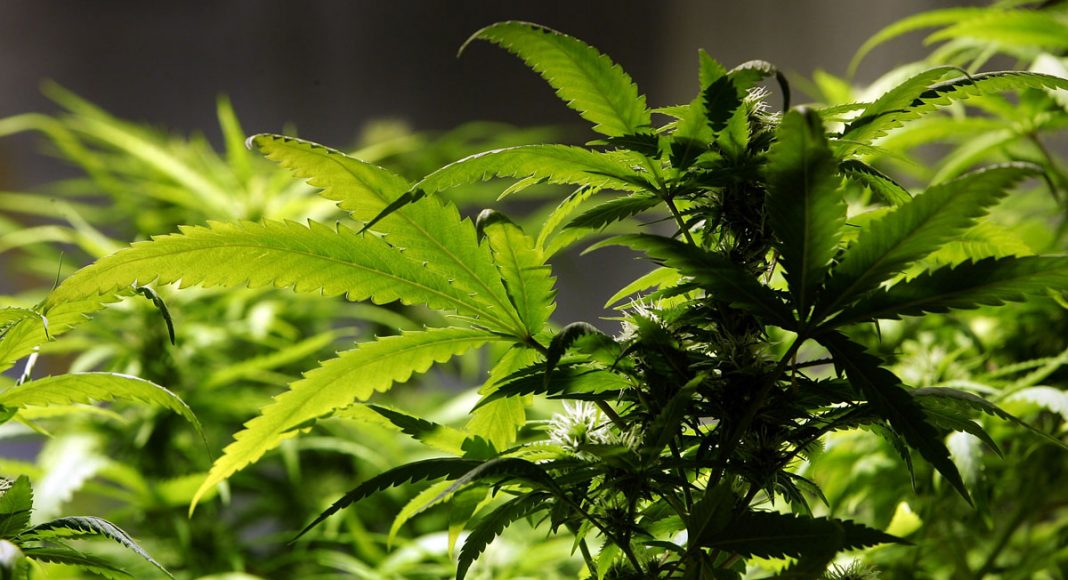With 10 states and the District of Columbia having legalized recreational cannabis (representing nearly a quarter of the U.S. population, including the most populous state), an emerging issue is how to deal with the odor generated by marijuana production facilities. A December 19, 2018 article in The New York Times noted a growing number of neighbors of cannabis farms are complaining about “skunky” odors caused by certain volatile organic compounds generated during growing and processing. The Times cited Sonoma County in California, which it reported received more than 730 complaints about cannabis last year, nearly two-thirds related to odor. Regulators at the state, regional and local levels are attempting to deal with these issues through a combination of permitting, land use and nuisance rules.
In states such as Washington and Colorado, where recreational cannabis has been legal since voter initiatives passed in 2012, regulators have addressed odor as an air quality issue. For example, in the Puget Sound region, the Puget Sound Clean Air Agency — typically recognized in the industry as “PSCA,” or the organization you may have received an unexpected and nondescript invoice from — does not have a specific regulation for marijuana odors. It does, however, have jurisdiction to impose limitations on marijuana production facilities under the state’s general regulations for air pollution sources (WAC 173-400). PSCA regulates odors through the Notice of Construction process, which operates in conjunction with local permitting processes, such as a conditional use permit, and licensing by the Washington State Liquor and Cannabis Control Board.
RELATED: What’s That Smell? Why Your Marijuana Smells Skunky
The PSCA odor regulations set a “best available control technology” (BACT) standard, which is the maximum degree of reduction for each air pollutant subject to regulation under the Washington Clean Air Act (RCW 70.94) that the permitting authority determines is achievable, taking into account energy, environmental, economic and other costs. PSCA’s rules are based on a nuisance standard — causing or allowing an air contaminant in sufficient quantities and of such characteristics and duration as is, or is likely to be, injurious to human health, plant or animal life, or property, or which unreasonably interferes with enjoyment of life and property.
For marijuana producers under PSCA’s jurisdiction (King, Snohomish, Pierce and Kitsap Counties), the agency has determined that BACT means no detectible cannabis odor outside the facility property line. The agency in recent permitting actions has implemented this standard by requiring operators to design all exhaust points (e.g., vents, stacks, windows, doors) associated with an enclosure, building or greenhouse for cannabis production or processing to continuously control odors and volatile organic compounds (VOCs) using carbon adsorption technology, which involves placement of carbon canisters before emission points. At a minimum, these carbon units must be replaced every quarter. An operator also must have a person who has not been exposed to the smell periodically monitor the air at the property line to determine compliance with the “no detectible odor at or beyond the property line” standard.
One significant ramification of this standard is that PSCA does not believe outdoor cannabis production facilities can continuously achieve the “no odor outside the property boundary” standard without the proper use of an enclosure that routes emissions to a carbon adsorption system. PSCA also does not allow odor masking, such as spraying a curtain of scented oil vapor around the perimeter of greenhouses. Although the Times article mentions this system as a way one California grow operation has tried to mitigate odors, PSCA will not accept that as a control technology.
RELATED: Residents In This California Town Think Cannabis Stinks
In Colorado, cannabis cultivation facilities are designated as agricultural activity and exempt from state air quality regulations unless they are a major source of pollution. The City and County of Denver, however, has an odor ordinance that requires cultivation facilities control the odor impacts of their operations. An August 2018 draft of the Denver Department of Public Health & Environment’s “Cannabis Environmental Best Management Practices” (BMP) recommends use of carbon filtration to reduce the VOC emissions from a cannabis cultivator. In addition, draft guidance recommends other best management practices, including:
- Regular inspection and maintenance of HVAC systems;
- Sealing the grow space within a greenhouse and circulating air for approximately one week and purging exhausts during low ozone formation periods (evenings, windy days, cloudy days);
- Ensuring temperature and relative humidity are under control and within tolerances so that high temperatures and humidity do not perpetuate odor issues;
- Having a system in place to record and respond to odor complaints;
- Purchasing a “scentometer” or Nasal Ranger to quantify odors and record data from self-testing;
- Timing harvests to minimize ozone impact and minimizing emissions during morning, early afternoon and summer; and
- Train and allocate responsibilities among staff members to ensure consistent and continuous implementation of BMPs.
Colorado facilities manufacturing marijuana-infused product are subject to health and safety regulations and regulations on extraction processes in the Colorado Code of Regulations. Those facilities must estimate their VOC emissions from solvent uses and follow the state’s Air Pollutant Emission Notice and permitting requirements.
With the increasing production of cannabis for recreational purposes, more conflicts with neighbors are likely. This is a situation where an ounce of prevention by implementing a wide-range of BMPs could go a long way toward reducing the risks of litigation and enforcement.


